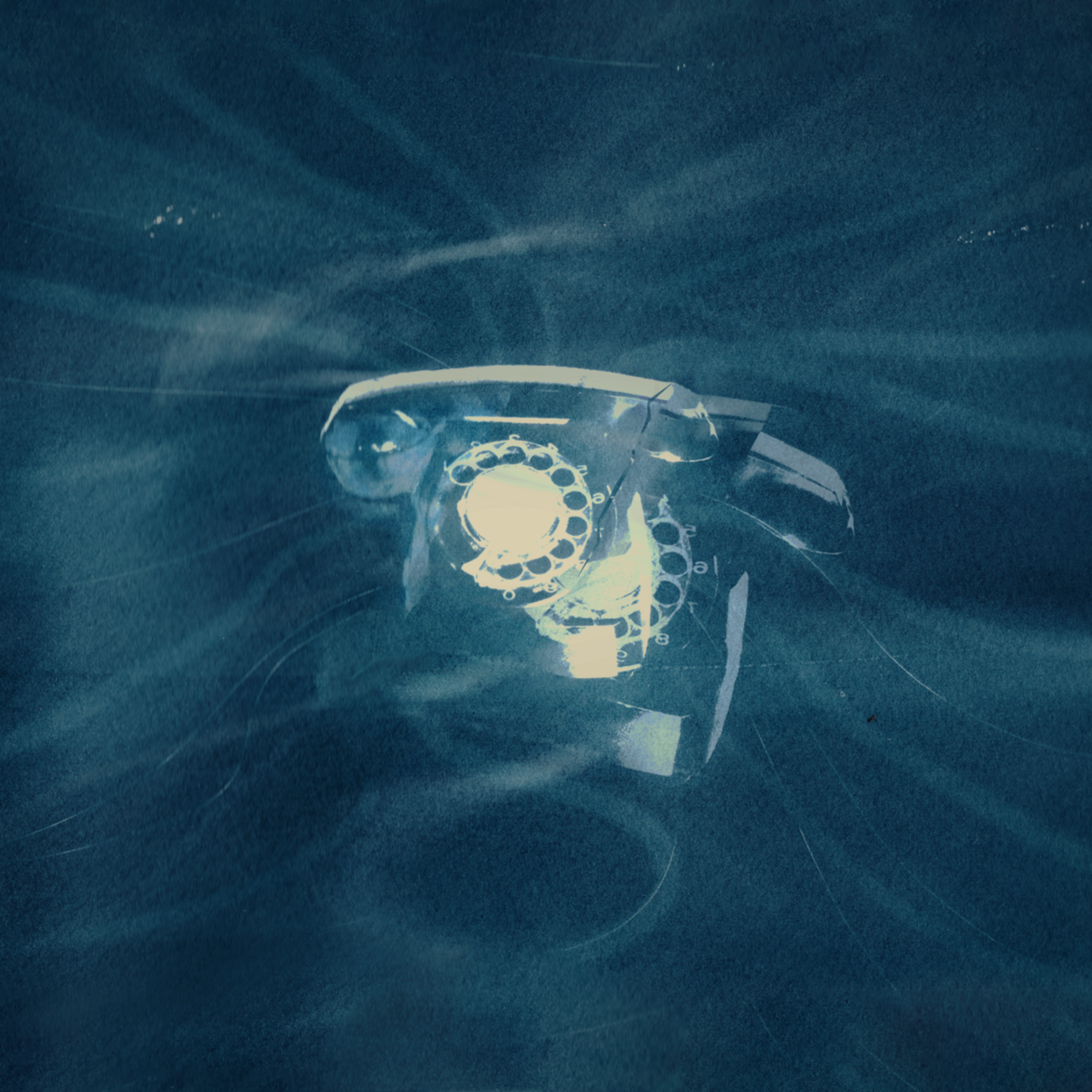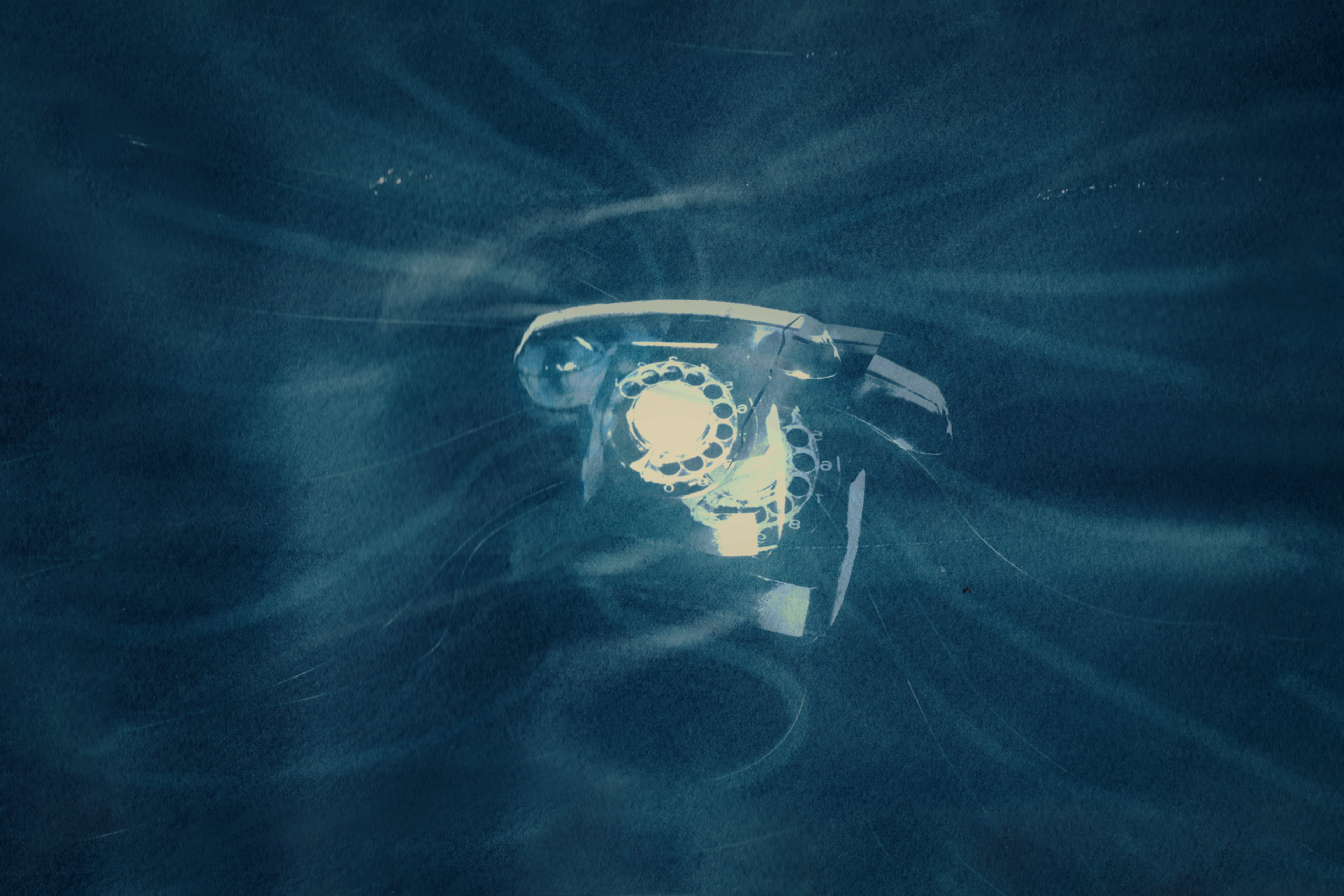Four desks crowd the small second-floor office with one window and a view of passing traffic. By all accounts, it looks like any small business or nonprofit. But since President Donald Trump’s inauguration, it has been filled with drama, fear, anger, and most of all, confusion.
10:30 a.m.: Vivianna lifts a cellphone to her right ear and speaks in clear, accented English: “San Francisco Rapid Response.” She quickly switches to Spanish, “Hay una emergencia?” There is an emergency: A woman is calling to report that she has seen Immigration and Customs Enforcement officers at a construction site in the Sunset. Does she have a photo or video? Can she get one? No, she cannot.

The call is not the day’s first or last. An eight-organization group led by Mission Action has operated the seven-day-a-week dispatch service, known as San Francisco’s Rapid Response Network, since 2008, working to verify rumored federal immigration enforcement activity.
As rumors and fear spread about threats of mass deportations, the local legal aid organizations and nonprofits that staff the service are often the only resource for immigrants — and citizens — to turn to. The calls have grown by orders of magnitude in recent weeks, as fear of ICE raids have whipped through San Francisco and across the country. Authenticating a report involves examining visual evidence, speaking to witnesses, and sometimes visiting the scene.
“We usually verify a handful a year,” says Finn, another dispatcher. In the days since Trump took office, the network has confirmed two reports out of thousands of calls from fearful immigrants, helpful citizens, and more than a few people apparently seeking to deport neighbors, coworkers, and former spouses.
'We see how fast the rumors can travel.'
San Francisco Rapid Response Network dispatcher
Those two verifications may not seem like much, but the Rapid Response team says it is far outside of the norm.
“Even knocking on doors during the day … is unusual,” Finn says of the ICE enforcement activity. “It’s a sign that they are stepping up enforcement. It feels like people are saying it’s ramping up quickly.”
10:30 a.m.: A woman calls to say her friend’s child saw ICE at the Alemany Flea Market. Vivianna asks her to call back with video or a photo. She doesn’t.
11:05 a.m.: A man calls to ask about Fox News reports of ICE raids on Market Street. Vivianna doesn’t know if the reports are true. After hanging up, she searches for the news online, finding only a days-old KTVU report about security guards refusing ICE access to downtown buildings.
Most calls since Jan. 20 have been about unverified rumors. One came via a video Supervisor Jackie Fielder herself sent into the hotline. Vivianna pulls up the video on her phone: A man on a bus tells riders that armed ICE officers are checking people’s IDs.
“Make sure you have your identification with you,” says the man, speaking off camera. “They’re out here riding buses. … They checked mine.” When someone asks who checked his identification, he replies, “ICE agents.” Rapid Response couldn’t verify the man’s claims.
The majority of reports can’t be confirmed, Vivianna says in Spanish as she sits in her swivel chair awaiting the next call. After she asks for visual evidence of a raid, most people don’t call back.
The network’s larger purpose is to prevent panic, to act as a brake on unchecked rumors that have frozen immigrants in fear. It also notifies people of real danger. When a verification is made, Mission Action sends notice to its sister organizations and posts about the enforcement action on its social channels.
Vivianna pulls out her phone, scrolling to a social media post of six ICE agents detaining a man in the Tenderloin. She says the wife of the man who was detained contacted Rapid Response after seeing the video on Instagram from her home in Colombia.
“We see how fast the rumors can travel and the real news,” says Finn. On Sunday, Rapid Response received a call from a woman speaking in English: “I’m in the Mission, and ICE just showed up at my house.” The dispatcher asked for video, which the woman shared. The video showed three dark SUVs parked along the street and three ICE officers chatting nearby. They were three of the same officers seen detaining the man in the Tenderloin.

The pace of the phone calls picks up in the afternoon, after Vivianna and Finn take their lunch break. Most are not raid rumors but people seeking information.
Citizens call asking if ICE can detain them if they do not have identification. Others call just to make sure the line works. Numerous callers from outside San Francisco request legal aid in other parts of the state. One man calls to ask how to recharge an ankle bracelet put on by immigration authorities. A teacher calls asking for materials to inform a student.
As the day wears on, more people begin calling for an entirely different reason: They think “ICE Rapid Response” is a direct hotline to reach federal law enforcement. “There are lots of calls from people who want to report other people,” says Vivianna.
One woman calls about an ex, saying he threatened her. “I know he’s illegal, and he has warrants out for him, and I don’t know what to do.” Vivianna cannot help.
'Even knocking on doors during the day … is unusual. It’s a sign that they are stepping up enforcement.'
San Francisco Rapid Response Network dispatcher
2 p.m.: Someone wants to report alleged undocumented immigrants to the authorities. “This number is to help immigrants,” Vivianna replies. After a moment, she hangs up.
Earlier in the week, a man called another dispatcher named Thais to report “someone who is possibly illegal,” according to a recording of the call. “They just mutilate people’s spiritual energy.”
Vivianna says Rapid Response blocks such callers, but they often call back from new numbers. Sometimes she recognizes their voices.
4 p.m.: She receives the day’s last report of ICE activity. The caller says he saw a car marked with Department of Homeland Security symbols on Silver Avenue in the Bayview.
“Is [it] possible that you can send us a photo?” she asks. Like most others, he can’t, and he does not call back.

